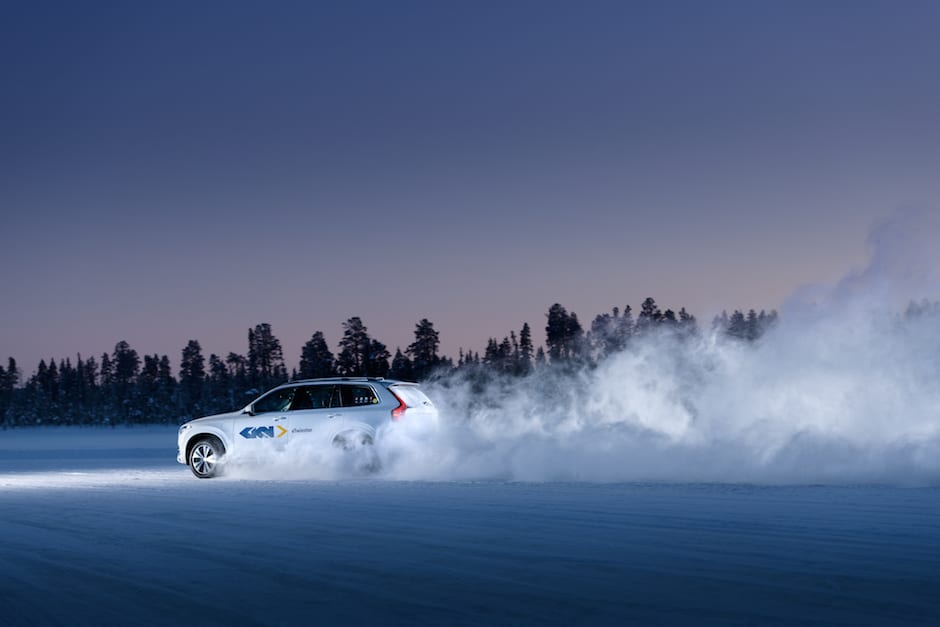Torque vectoring: Taking on the arctic with GKN
The frozen lakes of northern Sweden provide the ultimate test-bed for the latest torque vectoring technology

You can almost sense the impending accident in the stillness of the Arctic air. Two-and-a-half tonnes of Volvo XC90 is bearing down on a perilous 90-degree corner, covered in sheet ice. The surface has a light dusting of snow and glassy blue patches where it has been scraped bare.
And yet, somehow, the inevitable crunch never comes. Instead, the nose of the car tucks obediently into the bend and the driver floors the throttle to ride out a long, lurid slide.
It soon becomes apparent that he’s doing it on purpose. Not very relevant to everyday driving you might argue, but the car in question is one of GKN Driveline’s fleet of technology demonstrators. And the important thing here is that it’s bending physics in a way that a vehicle of this size simply shouldn’t be able to do.
As with the production Volvo XC90 T8, on which this prototype is based, the combustion engine powers the front wheels alone, with drive to the rear coming from an electric motor. The key difference here is that the standard rear drive unit has been replaced by a GKN eTwinster system, which uses a pair of active clutch packs to distribute the torque in place of a differential.
Register now to continue reading
Thanks for visiting The Engineer. You’ve now reached your monthly limit of premium content. Register for free to unlock unlimited access to all of our premium content, as well as the latest technology news, industry opinion and special reports.
Benefits of registering
-
In-depth insights and coverage of key emerging trends
-
Unrestricted access to special reports throughout the year
-
Daily technology news delivered straight to your inbox










Water Sector Talent Exodus Could Cripple The Sector
Well let´s do a little experiment. My last (10.4.25) half-yearly water/waste water bill from Severn Trent was £98.29. How much does not-for-profit Dŵr...